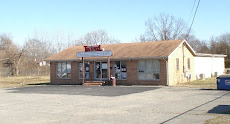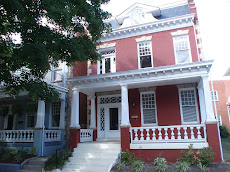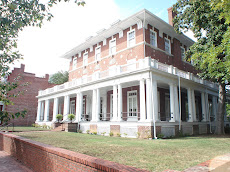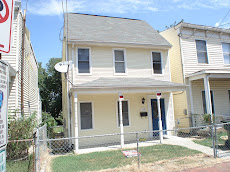From the Richmond Association of Realtors
National and Local Economic Overview
The national economy hit a soft patch in late spring and early summer, primarily due to high gasoline prices and disruptions in the manufacturing sector related to the disaster in Japan that sapped momentum from several elements of the economy. However, those events are likely temporary and at mid-summer they already appear to be fading. Economic forecasters predict better growth in the second half of the year, as oil prices continue to fall and other temporary blips are put behind us. Job growth has been sluggish in the Central Virginia region and other economic measures have not yet begun accelerating, but it is likely that the area will begin to move out of the soft patch as the economy gains more traction in late summer and fall.
The soft spot in the region’s economy was seen in the cyclical sectors having job losses (Construction, Retail, Financial, Leisure and Hospitality.) Additional job losses were seen this quarter in the government sector, while the Professional and Business Services Sector continues to show signs of solid growth throughout the slow-down. The unemployment rate in the region has remained significantly below the national rate, although the region’s rate has risen above the statewide rate. The good sign is that the unemployment rate in the region in April was the lowest since December 2008, and it is much lower than its peak in January of 2010.
Central Virginia Area Housing Market
While prices are still down from last year, they’ve improved late in the second quarter, particularly in the Richmond Metro area. Pending sales were up for the first time in more than a year, which foreshadows improved sales figures this summer. Finally, inventories are being drawn down as more transactions are completed. There are still some weak parts of the region’s housing market and the region’s current economic uncertainties are a drag on sales activity. However, most of the economic indicators and housing market trends suggest the end of 2011 will be brighter than the first half of the year.
Home Sales and Prices
3,161 homes were sold in the Central Virginia area in the second quarter of 2011, including 2,690 in the Richmond metro area and 214 in the Tri Cities living there. The point of sales activity was lower than the second of 2010 because of the ending of the Federal Tax credit program last June. The average price of a home sold in the second quarter of 2011 was $223,97 (-10% from the second quarter of 2010.) The average price of the 214 homes sold in the Tri-Cities area was $118,603, down 14 percent from the same period provided a year ago. The bright spot is the city of Richmond, with the average sales price up 10 percent over the last year (although the median price is down 2 percent.)
Pending Sales
Pending sales are typically a locator of final sales. In the Central Virginia region, the number of
pending sales was down significantly in 2010 compared to 2009. In the first quarter of 2011, the
number of pending sales was about four percent lower than in the first quarter of 2010. In the
second quarter of 2011, however, there is modest improvement in the number of pending sales.
Compared with the second quarter of 2010, the number of pending sales is up two percent
across the Central Virginia market, excluding the Tri Cities area, where the number of pending
sales was down ten percent compared with the second quarter of 2010. These trends offer
support for improvement in the Richmond Metro market and continued uncertainty in the Tri
Cities market.
Active Listings
Inventories in the Central Virginia market are being drawn down. The number of active listings
at the end of the second quarter of 2011 was down 12 percent compared to a year ago. At the
end of the second quarter, there were 8,431 active listings (including single-family and
condominiums), down from 9,599 active listings at this time last year. This includes 6,405 in the
Richmond Metro Area (down 11 percent from a year ago) and 925 in the Tri Cities area (down
14 percent from second quarter 2010.)
Outlook for 2011
The drawdown of inventories, coupled with the uptick in pending sales, means activity is picking
up in the Central Virginia region. Foreclosures are likely still a damper in some neighborhoods,
particularly in the Tri Cities area. In addition, it is still difficult for some buyers to get financing,
which continues to keep demand relatively low.
However, there are some potentially bright signs on the horizon. It is likely that the nation’s
economy will improve in the second half of the year, as job growth restarts. There is significant
pent-up demand for housing and prices may be on the rise in some parts of the region.
Therefore, an improving regional economy, continued with low interest rates, simple population
and household growth, and increasing consumer confidence should make for a more normal resale market at the end of 2011 and into 2012.













































